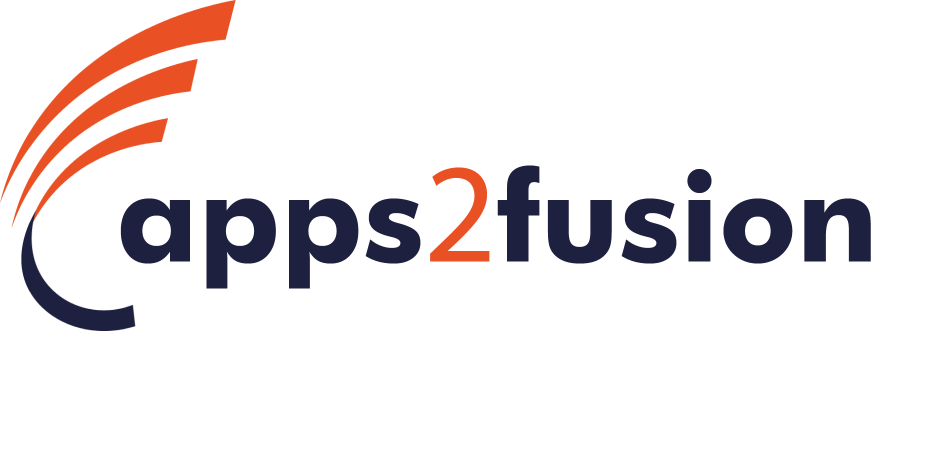Oracle Data Integrator Training

The Oracle Data Integrator Training is meticulously crafted by a highly seasoned industry professional with over 9+ years of expertise in the Oracle Data Integrator domain.
Oracle Data Integrator is based on a unique E-LT (Extract – Load Transform) architecture which eliminates the need for a standalone ETL server and a proprietary engine, instead of leveraging the inherent power of RDBMS engines. This combination provides the greatest productivity for both development and maintenance, and the highest performance for the execution of data transformation and validation processes. Oracle’s ODI consists of two types of repositories
Master Repository: This is a data structure containing information on the topology of the company’s IT resources, on security and on version management of projects and data models. This repository is stored on a relational database accessible in client/server mode from the different Oracle Data Integrator modules.
This is a data structure containing information on data models, projects, and their use. This repository is stored on a relational database accessible in client/server mode from the different Oracle Data Integrator modules. Several work repositories can be created with several master repositories if necessary. However, a work repository can be linked with only one master repository for version management purposes.
Learn how to build a simple interface, how to create an ODI, how to create ODI load plans and scenarios, and how to schedule ODI load plans and scenarios. Begin by learning to build a simple ODI interface that takes source data and loads it to its target.
In This Module We Will Learn:
INTRODUCTION
- Identifying the Course Units
- What is Oracle Data Integrator?
- Why Oracle Data Integrator?
- Overview of ODI Architecture
- Overview of ODI Components
- About Graphical Modules
- Types of ODI Agents
- Overview of Oracle Data Integrator Repositories
ODI TOPOLOGY CONCEPTS
- Overview of ODI Topology
- About Data Servers and Physical Schemas
- Defining the Physical Architecture
- Defining the Logical Architecture
- Mapping Logical and Physical Resources
- Defining Agents
- Defining a Topology
- Planning the Topology
ADMINISTERING ODI REPOSITORIES AND AGENTS
- Administrating the ODI Repositories
- Creating Repository Storage Spaces
- Creating and Connecting to the Master Repository
- Creating and Connecting to the Work Repository
- Managing ODI Agents
- Creating a Physical Agent
- Launching a Listener, Scheduler and Web Agent
- Example of Load Balancing
DESCRIBING THE PHYSICAL AND LOGICAL ARCHITECTURE
- Overview of Topology Navigator
- Creating Physical Architecture
- Creating a Data Server
- Testing a Data Server Connection
- Creating a Physical Schema
- Creating Logical Architecture
- Overview of Logical Architecture and Context Views
- Linking the Logical and Physical Architecture
SETTING UP A NEW ODI PROJECT
- Overview of ODI Projects
- Creating a New Project
- Creating and Maintaining Folders
- Organizing Projects and Folders
- Understanding Knowledge Modules
- Exchanging ODI Objects and Sharing Global Objects
- Exporting and Importing Objects
- Creating and Labeling with Markers
ODI MAPPING CONCEPTS
- What is a Mapping?
- Business Rules for Mapping
- What is a Mapping, a Filter, a Join?
- Overview of Integration Process
- What is a Staging Area?
- Execution Location
- Mapping with Knowledge Modules (KM)
- Creating an Intermediate Mapping
ORACLE DATA INTEGRATOR MODEL CONCEPTS
- What is a Model?
- Understanding Metadata in ODI
- Understanding Reverse Engineering
- Creating Models
- Organizing Models
- Creating Data stores
- Configuring Constraints in ODI
- Creating Keys and References
ORGANIZING ODI MODELS AND CREATING DATA STORES
- What is a Mapping?
- Business Rules for Mappings
- Creating a Basic Mapping
- What is a Join?
- What is a Filter?
- What is a Constraint?
- What is a Staging Area?
DESIGNING MAPPINGS
- Designing a Mapping
- Multiple Source Data stores
- Creating Joins
- Filtering Data
- Disabling Transformations
- Overview of the Flow
- Specifying the Staging Area
- Selecting Knowledge Modules
DESIGNING MAPPINGS: ADVANCED TOPICS
- Mapping with Business Rules
- Overview of Business Rule Elements
- Creating and Tracking Variables
- Creating User Functions
- Mapping Substitution Methods
- Modifying a KM
- Showing Variable Values in Log
- Customizing Reverse Engineering Using RKM
MAPPING: MONITORING AND DEBUGGING
- Monitoring Mappings
- Creating Objects with Operator
- Viewing Sessions and Tasks
- How to Monitor Execution of a Mapping
- How to Troubleshoot a Session
- Keys to Reviewing the Generated Code
- Working with Errors
- Tips for Preventing Errors
CREATING AND RUNNING ODI PROCEDURES
- What is a Procedure?
- Examples of Procedures
- Creating Procedures
- Adding Commands
- Adding Options
- Running a Procedure
- Viewing Results with Operator
CREATING AND RUNNING ODI PACKAGES
- What is a Package?
- Creating a Package
- Executing a Package
- Creating Advanced Packages
- Error Handling
- Controlling an Execution Path
- Creating a Loop
- Using the Advanced tab
ENFORCING DATA QUALITY AND AUDITING DATA WITH ODI
- Why Data Quality?
- When to Enforce Data Quality?
- Data Quality in Source Applications
- Data Quality Control in the Integration Process
- Data Quality in the Target Applications
- Enforcing Data Quality
- Exploring Your Data
- Auditing Data Quality
- Working with Changed Data Capture
MANAGING ODI SCENARIOS AND VERSIONS
- What is a Scenario?
- Managing Scenarios with Load Plans
- Preparing Scenarios for Deployment
- Automating Scenario Management
- Scheduling the ODI Scenario
- Overview of ODI version management
- Handling concurrent changes
OVERVIEW OF ODI VERSION MANAGEMENT
- Techniques of Changed Data Capture
- Changed Data Capture in ODI
- CDC Strategies and Infrastructure
- CDC Consistency
- Creating Change Data Capture (CDC)
- Viewing Data/Changed data
- Journalizing
ADMINISTERING ODI RESOURCES: ADVANCED TOPICS
- Using Open Tools
- Installing Open Tools
- Using Open Tools in a Package
- Using Open Tools in a Procedure or in a KM
- Developing Your Own Open Tools
- Setting Up ODI Security
- Defining Security Policies
- Defining Password Policies
EXTENDING ODI WITH THE SDK
- Coding SDK Public Interfaces
- Integrating through ODI SDK
- Examining SDK examples
CREATING WEB SERVICES AND INTEGRATION OF ODI WITH SOA
- Web Services in Action
- Using Data Services
- Setting Up Data Services
- Testing Data Services
- Installing Public Web Services
- Using Public Web Services
- Invoking Web Services
- Integrating ODI with SOA
Course Content
Similar Courses:

Oracle Taleo Recruiting & Onboarding Training
Oracle Taleo is a complete talent acquisition solution including recruitment marketing, employee referrals, and streamlined…

Oracle Taleo Connect Client Training
Carefully constructed by our proficient trainer with more than 5 years of mastery in the…

Oracle Taleo Integration Training
Carefully constructed by our proficient trainer with more than 5 years of mastery in the…

Development in Fusion Apps Training (Fusion Release 8)
With over 5+ years of specialized expertise in the sector, our training instructor has meticulously…


